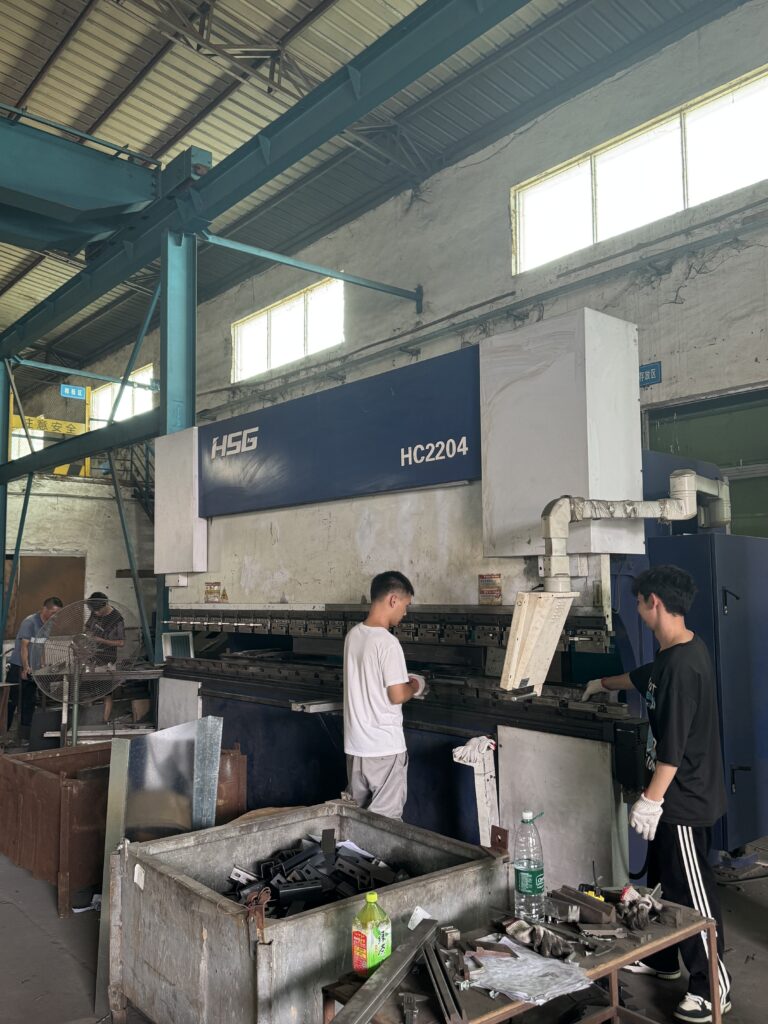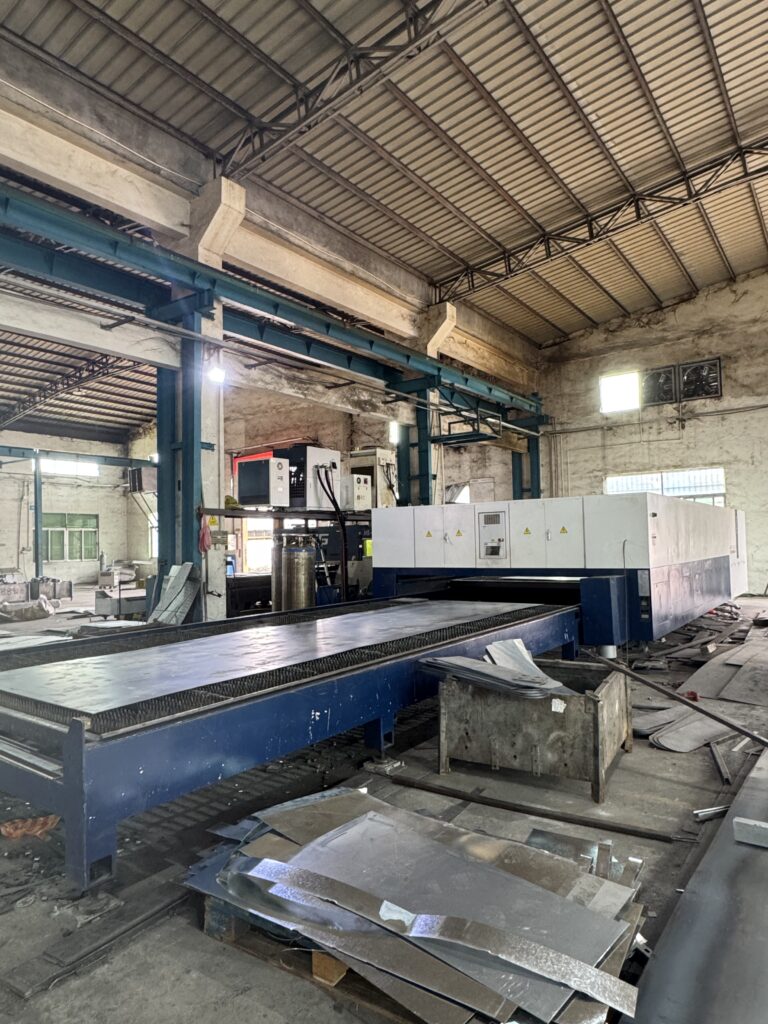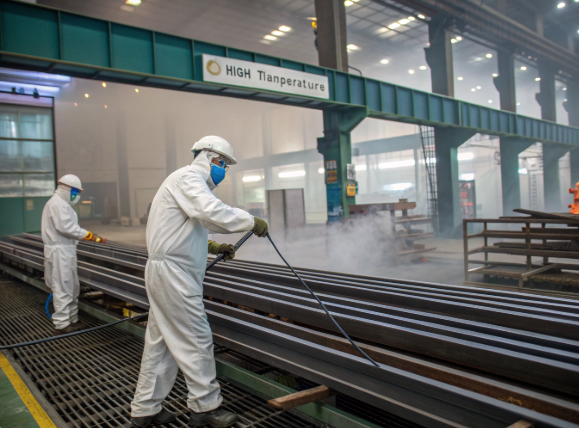Steel structural components are fundamental in construction, manufacturing, and engineering projects. Among the most commonly used shapes are steel angle (L-shaped) and steel C channel (U-shaped). Understanding which is stronger and better suited for your application is crucial for safety, cost-effectiveness, and performance.
At Younaide Company, we specialize in supplying high-quality steel C channels and related steel products, offering customization and technical support to meet diverse project needs. This article, referencing industry insights such as from GNEE Steels, provides a detailed comparison between steel angle and steel C channel, focusing on strength, applications, and material properties.
1. Introduction to Steel Angle and Steel C Channel
Steel Angle
Steel angle, also called angle iron, is an L-shaped steel profile with two legs usually at a 90-degree angle. It comes in equal-leg and unequal-leg forms and is widely used for bracing, framing, and support structures where multi-directional strength is needed.
Steel C Channel
Steel C channel, or channel steel, has a U-shaped cross-section with a flat web and two parallel flanges. It is designed primarily to bear loads vertically and is commonly used in beams, columns, and heavy-duty structural applications.


2. Structural Differences: Why Shape Matters
The fundamental difference lies in their cross-sectional shapes:
- Steel Angle: L-shaped with two legs forming a right angle. It provides strength in multiple directions but has a thinner cross-section.
- Steel C Channel: U-shaped with a web and two flanges. It generally has thicker flanges and web, offering greater bending strength and load-bearing capacity.
The shape affects how the steel distributes loads, resists bending, shear, and torsion.
3. Which is Stronger: Steel Angle or Steel C Channel?
Based on industry data and expert analysis:
- Steel C channels tend to have thicker flanges and web than steel angles, making them stronger and better suited for heavy-duty applications. The thicker cross-section provides higher resistance to bending and shear forces.
- Steel angles have thinner flanges and web, which makes them lighter and more suitable for applications where weight savings are critical, or where loads are less severe.
Summary:
| Aspect | Steel C Channel | Steel Angle |
|---|---|---|
| Flange and Web Thickness | Generally thicker | Thinner |
| Load-Bearing Capacity | Higher bending and shear strength | Moderate strength |
| Weight | Heavier due to more material | Lighter and easier to handle |
| Torsional Resistance | Moderate, better than angle iron | Lower torsional stiffness |
| Typical Applications | Beams, columns, heavy frames | Bracing, frames, light supports |
| Cost | Moderate, slightly higher than angle | Lower cost |
4. Why Steel C Channel is Preferred for Heavy-Duty Applications
The U-shaped profile of steel C channel provides a larger cross-sectional area and moment of inertia compared to steel angle iron. This translates into:
- Higher bending resistance: The web and flanges work together to resist bending forces effectively.
- Greater shear strength: The web thickness helps resist shear loads.
- Improved stability: The shape reduces deflection and deformation under heavy loads.
These characteristics make steel C channels ideal for:
- Structural beams and columns
- Trailer and vehicle frames
- Bridge supports
- Heavy machinery frameworks


5. When to Use Steel Angle Instead
Steel angle is advantageous when:
- Weight reduction is important
- Loads are lighter or multi-directional
- Space constraints require compact bracing
- Cost savings are a priority
Steel angles are commonly used in:
- Bracing and framing in light structures
- Reinforcement of corners and edges
- Fabrication of racks, shelving, and ladders
6. Detailed Comparison Table: Steel C Channel vs. Steel Angle
| Feature/Property | Steel C Channel (U-Shaped) | Steel Angle (L-Shaped) |
|---|---|---|
| Cross-Section Shape | U-shaped with two flanges and web | L-shaped with two legs at 90° |
| Flange Thickness | Thicker flanges provide strength | Thinner flanges for lighter weight |
| Web Thickness | Thicker web enhances shear strength | Thinner web |
| Bending Strength | High, suitable for beams and columns | Moderate, better for bracing |
| Shear Strength | High due to web thickness | Moderate |
| Torsional Resistance | Moderate, better than angle iron | Lower torsional stiffness |
| Weight | Heavier, more material | Lighter, less material |
| Cost | Higher due to material volume | Lower cost |
| Common Uses | Structural beams, heavy frames | Bracing, frames, supports |
| Fabrication | Easy to cut, weld, drill | Very easy to fabricate |
| Corrosion Resistance | Can be galvanized or painted | Same as C channel |
7. Applications of Steel C Channel
Steel C channel’s strength and versatility make it suitable for:
- Construction: Beams, lintels, purlins, and columns in buildings.
- Transportation: Chassis and frames for trailers, trucks, and heavy vehicles.
- Infrastructure: Bridge supports, guardrails, and highway structures.
- Industrial Equipment: Machine frames, conveyor supports, and storage racks.
- DIY Projects: Shelving, fencing, and custom fabrication.
Younaide supplies steel C channels in a variety of sizes and thicknesses to meet these diverse needs.
8. Customization and Processing Services by Younaide
Younaide offers tailored steel C channel solutions, including:
- Cutting to length for precise sizing
- Drilling and punching for bolt holes and fasteners
- Welding and fabrication for assemblies
- Bending and rolling for curved structures
- Surface treatments such as galvanizing and painting to enhance corrosion resistance
Our advanced facilities ensure high quality and fast turnaround.
9. Proper Handling and Storage of Steel C Channel
To maintain steel C channel quality:
- Store in dry, covered areas to prevent rust
- Stack horizontally with supports to avoid deformation
- Use protective coatings or packaging during transport
- Regularly inspect for corrosion or damage
Younaide follows strict protocols and advises clients on best practices.


10. Why Choose Younaide for Steel C Channel?
- Quality Assurance: Products meet ASTM, GB, JIS standards.
- Extensive Inventory: Wide range of sizes and thicknesses.
- Competitive Pricing: Factory-direct sales reduce costs.
- Technical Support: Expert consultation from design to installation.
- Efficient Logistics: Timely delivery from Pearl River Delta hub.
- Customer Service: Comprehensive after-sales support and warranty.
Conclusion
Choosing between steel angle and steel C channel depends on your project’s load requirements, weight considerations, and budget. Steel C channel generally offers superior strength and load-bearing capacity due to its thicker flanges and web, making it the preferred choice for heavy-duty applications. Steel angle iron is lighter and better suited for lighter loads and bracing.
At Younaide Company, we provide premium steel C channels with customization and technical support to help you build strong, reliable structures. For more information or to place an order, visit:
http://www.gzyounaide.cn/
http://www.strutcchannel.com
If you need a more technical or marketing-focused version, please let me know.